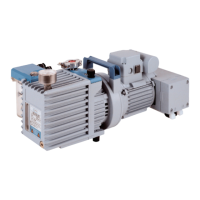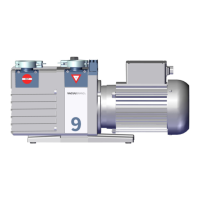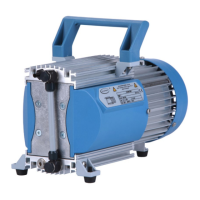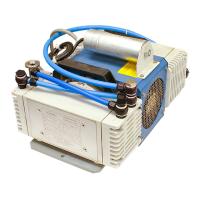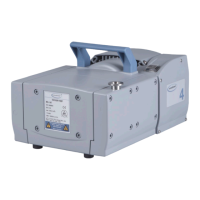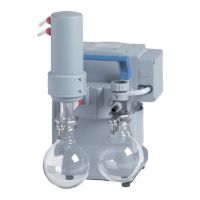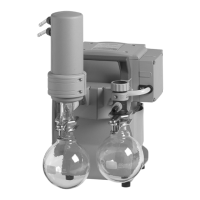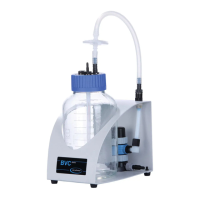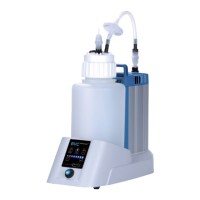Why vacuubrand Water Pump does not start?
- SShawn McfarlandAug 2, 2025
Your vacuubrand Water Pump might not start due to several reasons. First, ensure the electrical power cord is properly plugged in. Check the fuse to rule out an electrical supply failure. Verify that the supply voltage matches the pump's requirements as indicated on its rating plate. If the oil temperature is below 54°F (12°C), operate the pump in suitable ambient conditions. If the motor is thermally overloaded, allow it to cool down to below 50°C (122°F), identify, and eliminate the cause of the failure, then manually reset the pump by switching it off or unplugging it. Also, check for overpressure in the outlet line by removing any blockages or opening the valve. Lastly, inspect the oil mist filter for clogs or overfilling; drain oil and replace the filter element if needed.
